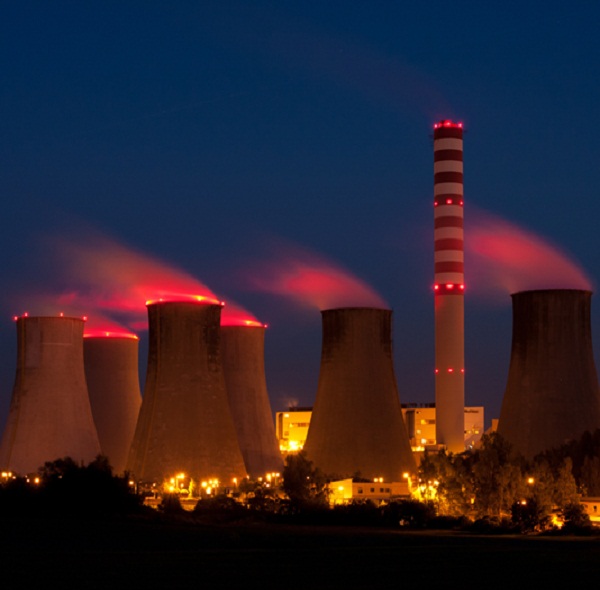Germany has switched off its last three nuclear plants on the same weekend that Europe’s largest nuclear reactor, located in Finland, enters service.
The reactor entered service the day after Germany bid goodbye to nuclear energy, by turning off its last three reactors.
OL3′s operator Teollisuuden Voima (TVO), which is owned by Finnish utility Fortum and a consortium of energy and industrial companies, has said the unit is expected to meet around 14 per cent of Finland’s electricity demand and produce energy for at least 60 years.
“The production of Olkiluoto 3 stabilises the price of electricity and plays an important role in the Finnish green transition,” TVO Chief Executive Jarmo Tanhua said in a statement, adding that “the electricity production volume of Europe’s largest nuclear power plant unit is a significant addition to clean, domestic production.”
The construction of the reactor has been a 16-year journey. The plant was originally due to open in 2009 but was plagued by technical issues.
The news of the reactor entering regular production has been met with enthusiasm, as the country’s natural gas supply from Russia was cut in 2022, following political tensions over the invasion of Ukraine.
Olkiluoto 3 is the single largest nuclear reactor in Europe, with the capacity of generating 1,600MW. However, Ukraine’s Zaporizhzhia plant, with its six reactors, is still the continent’s largest nuclear plant.
Other powerful economies have also begun promoting nuclear energy, with the majority of the G7 nations recently agreeing to leverage their civil nuclear power capabilities to undermine Russia’s grip on energy supply chains and cut off a significant source of funding for the country’s invasion of Ukraine.
The Isar 2 reactor in the south-east of the country, the Neckarwestheim facility in the south-west and Emsland in the north-west were disconnected from the electricity network before midnight on Saturday 15 April.
Germany is one of the European countries with strong popular opposition to nuclear energy, stemming from atomic disasters such as Ukraine’s Chernobyl and Japan’s Fukushima disasters.
“The risks of nuclear power are ultimately unmanageable,” said Germany’s environment minister Steffi Lemke.
However, some German activists have criticised the decision, stating that it would result in an increased reliance on fossil fuels that would lead the country away from the energy transition.
“It’s a black day for climate protection in Germany,” said Jens Spahn, conservative CDU MP, on RTL television earlier this week.
The German government has acknowledged that the country will have to rely more heavily on polluting coal and natural gas to meet its immediate energy needs until it is able to ramp up its renewable energy production.
The German Chancellor, Olaf Scholz, has called for the installation of “four to five wind turbines a day” over the next few years, with the goal of making the nation carbon- neutral by 2045.
In Finland, TVO hailed the Olkiluoto 3 reactor as the country’s “greatest climate act”, adding that it would “accelerate the move towards a carbon-neutral society”.
Source: E&T










